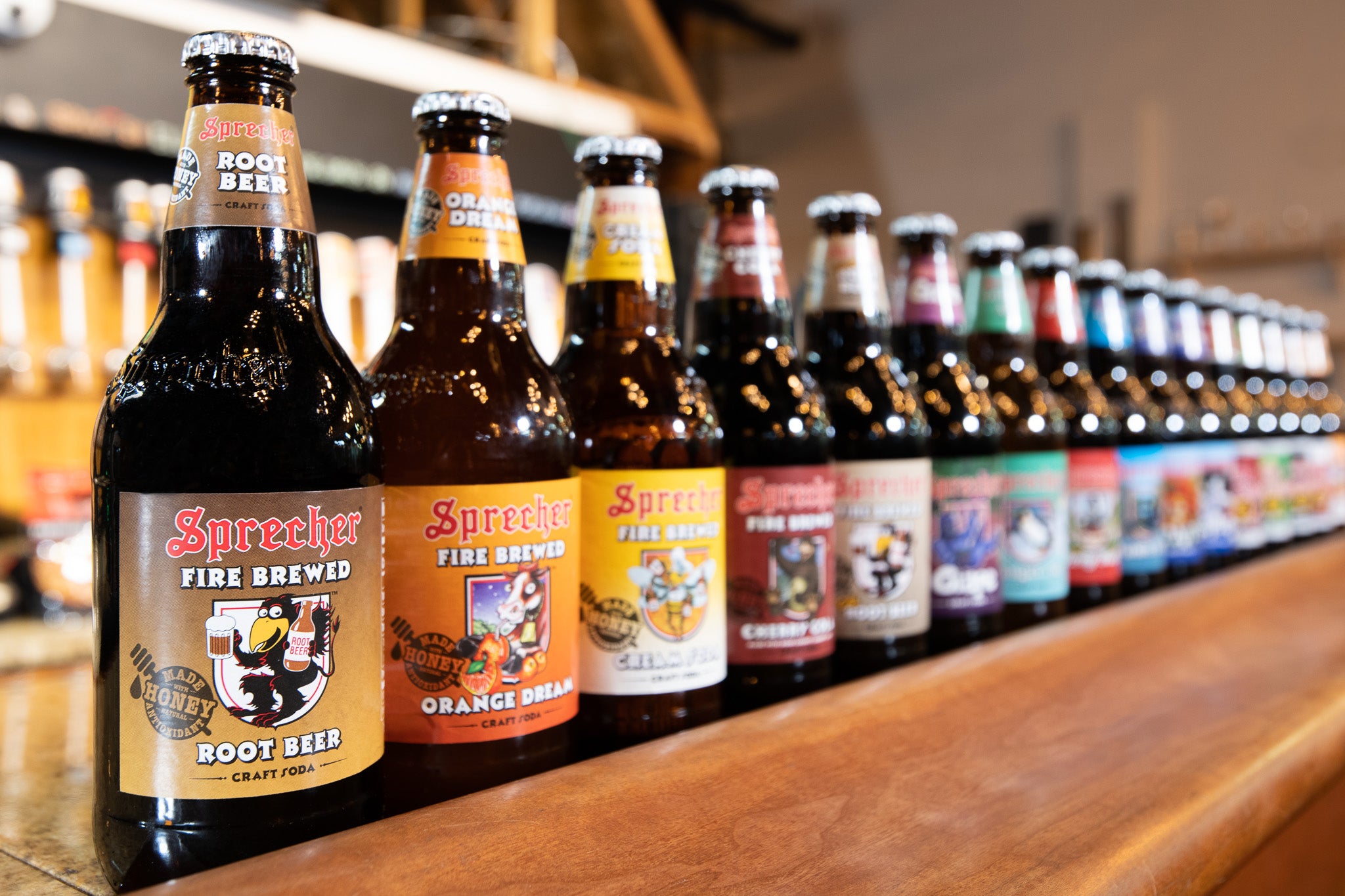Unlocking the Mysteries of Distillery Processes: A Thorough Review
Within the realm of distillery procedures exist intricacies that commonly continue to be veiled to the casual onlooker. From the careful art of mashing and fermentation to the alchemical transformations that happen during distillation, each action holds its very own tricks waiting to be unraveled. As we venture into the midsts of spirit aging strategies and the accuracy of quality control steps, a tapestry of scents and tastes arises, formed by time-honored practices and innovative methods. Join us as we start a trip to demystify the enigmatic world of distillation, where scientific research fulfills artistry in an unified blend that mesmerizes the detects.
The Art of Mashing and Fermentation
In the distillery procedure, the art of mashing and fermentation plays an important role in changing raw materials right into the initial stages of alcohol production. Mashing includes the process of damaging down the starches in grains like rye, corn, or barley, into fermentable sugars. This essential action is normally achieved by blending the machine made grains with hot water to create a "mash." Enzymes existing in the grains assist transform the starches into sugars, creating a wonderful liquid recognized as wort.
Yeast, a key player in this stage, is included to the wort to kickstart the fermentation process. This transformative process usually takes numerous days to finish, depending on the desired alcohol content and flavor profile.
Mashing and fermentation are complex processes that set the structure for the alcohol that will become distilled and matured to produce a last product with distinctive characteristics and tastes.
Comprehending the Distillation Refine
One of the critical phases in the production of alcohol involves understanding the purification procedure. Purification is a method utilized to separate alcohol from the fermented liquid, typically with heating and cooling down procedures.

Comprehending the purification procedure is essential for distillers to control the quality, toughness, and taste of the alcohol being produced. By grasping the art of purification, distilleries can create a wide variety of spirits with distinctive qualities that appeal to different consumer choices.
Tricks of Spirit Aging Methods
Exploring the details of spirit aging techniques unveils the covert creativity behind the growth of nuanced tastes and aromas in distilled drinks. The aging procedure is a critical point in the manufacturing of spirits, where the liquid engages with the oak barrels, absorbing substances that enhance its profile with time. Among the secrets to successful aging hinges on the choice of barrels. Distilleries typically use charred oak barrels, which impart unique flavors to the spirit through a procedure of removal and oxidation. The period of aging is another vital element that distillers meticulously regulate linked here to attain the desired preference account. Longer aging durations have a tendency to lead to smoother, extra complicated spirits, while shorter periods may highlight bold, youthful attributes.
Additionally, the environmental conditions in which the barrels are saved play a substantial function in forming the last item. Changes in temperature and humidity can influence the price of aging and the communications between the spirit and wood. Master distillers masterfully navigate these variables to craft spirits with unique individualities, personifying the culmination of time-honored traditions and cutting-edge techniques.
Quality Assurance and Screening Techniques
The meticulous craftsmanship demonstrated in selecting barrels and controlling aging durations in the spirits manufacturing process emphasizes the vital value of rigid quality assurance steps and specific screening approaches (Distillery in Galveston). Quality control in distilleries entails multiple stages to guarantee that each batch satisfies the preferred standards. From resources assessment to final product analysis, each step is crucial in keeping uniformity and quality
One vital facet of top quality control is sensory examination, where trained specialists evaluate the fragrance, flavor, and total top quality of the spirits. Chemical evaluation techniques such as gas chromatography and mass spectrometry are used to spot any type of contaminations or variances from the desired make-up. Additionally, physical tests like density measurements and pH analysis offer additional understandings into the item's characteristics.
To assure adherence to regulatory demands and internal standards, distilleries likewise conduct helpful resources microbiological testing to look for any type of microbial contamination that could affect the product's safety and security and life span. By carrying out robust quality assurance and testing approaches, distilleries can maintain their reputation for creating costs spirits consistently.
Exploring Distinct Flavor Mixtures

In the click site procedure of taste mixture, the picked botanicals are added to the base spirit and delegated emaciate or high for a specified duration. This allows the alcohol to draw out the flavors and vital oils from the botanicals, leading to an unified blend of tastes (Galveston Whiskey). Distilleries might also employ strategies like vapor infusion or basket mixture during purification to impart specific flavors to the spirit
Moreover, some distilleries choose barrel aging or cask ending up methods to introduce added intricacy and depth to their spirits through interactions with the wood. These techniques add to the creation of distinct flavor profiles that appeal to a critical target market looking for novel and unforgettable drinking experiences.
Verdict
Comprehending the science behind these processes is essential for producing premium spirits. By opening the secrets of distillation, distillers can develop tasty and one-of-a-kind spirits that appeal to a large variety of customers.
As we venture right into the depths of spirit aging methods and the precision of top quality control steps, a tapestry of flavors and aromas emerges, formed by time-honored customs and cutting-edge techniques. Distilleries often utilize charred oak barrels, which present one-of-a-kind flavors to the spirit with a procedure of removal and oxidation.Making use of a diverse variety of botanicals and active ingredients, distilleries can craft special taste mixtures that establish their spirits apart in a competitive market. Galveston Liquor.In the process of flavor mixture, the selected botanicals are included to the base spirit and left to emaciate or steep for a given period. Distilleries may additionally employ methods like vapor mixture or basket mixture during purification to impart specific flavors to the spirit